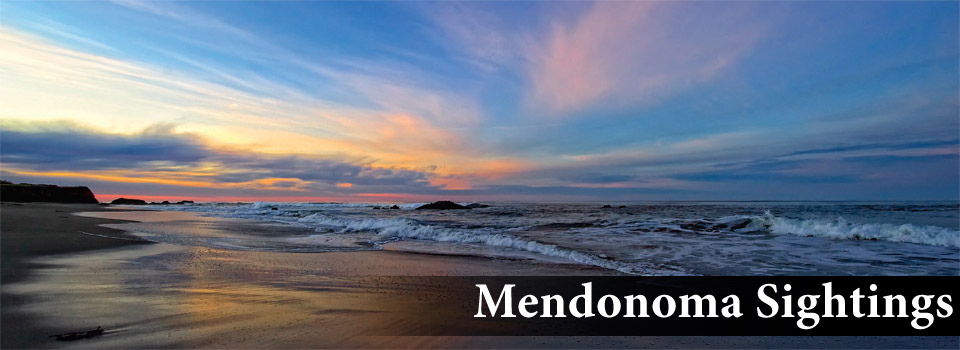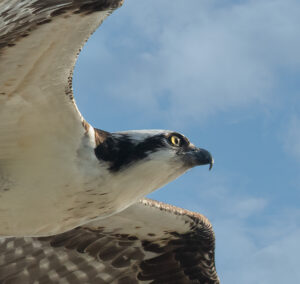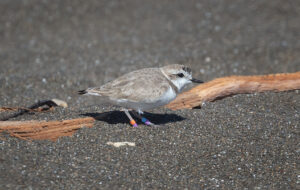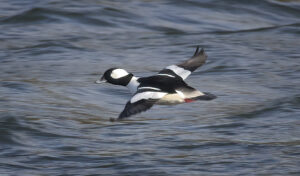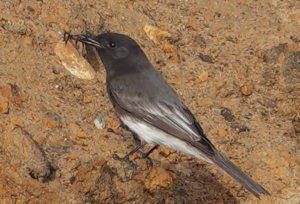Western Sandpipers have migrated into our area and photographer Ron Bolander was there with his camera as a flock of five or perhaps six took wing.
Western Sandpipers are shorebirds that nest way up in the Arctic. Some of them will overwinter on the Mendonoma Coast. Fun Fact: females are generally bigger than the males and they have longer beaks.
If you'd like to listen to their calls, you can do so at this link to the Cornell Lab of Ornithology: https://www.allaboutbirds.org/guide/Western_Sandpiper/sounds
Thanks to Ron for allowing me to share his photo with you here.
oh my, we are so thankful an early storm from the north arrived yesterday, Saturday. Our rain gauge showed a little over 1.5 inches of the blessed wet stuff.
